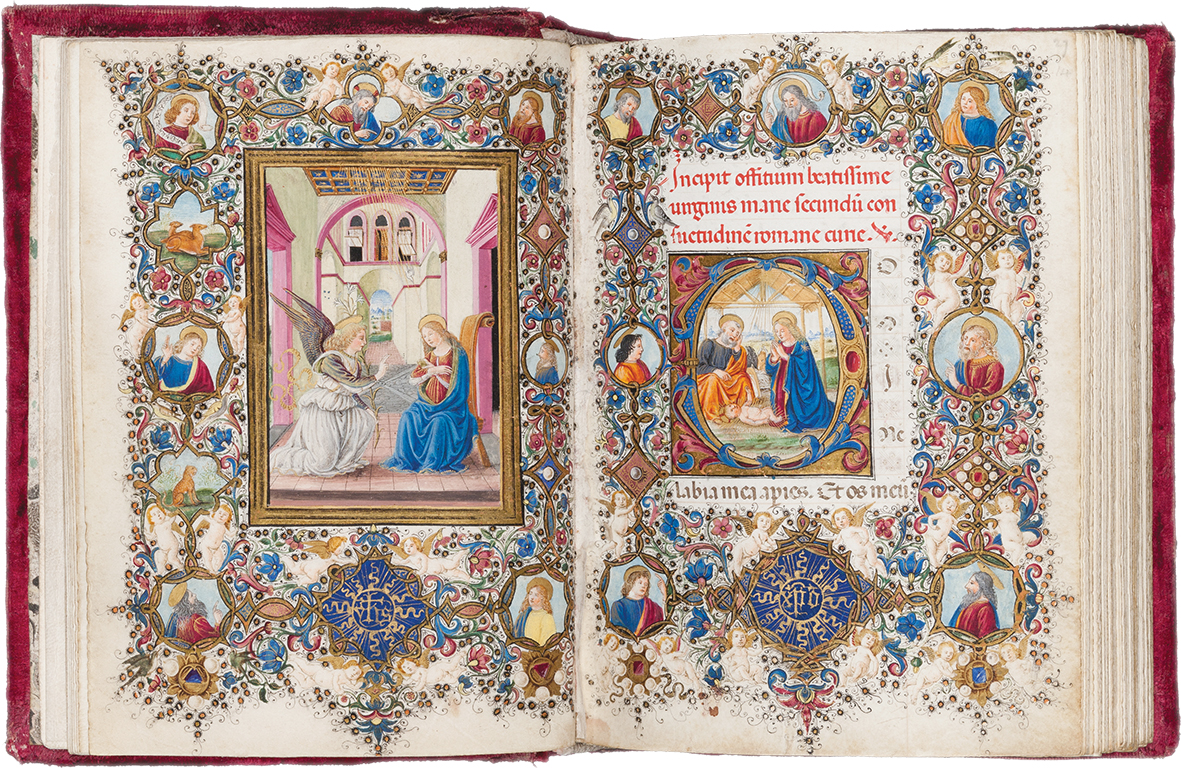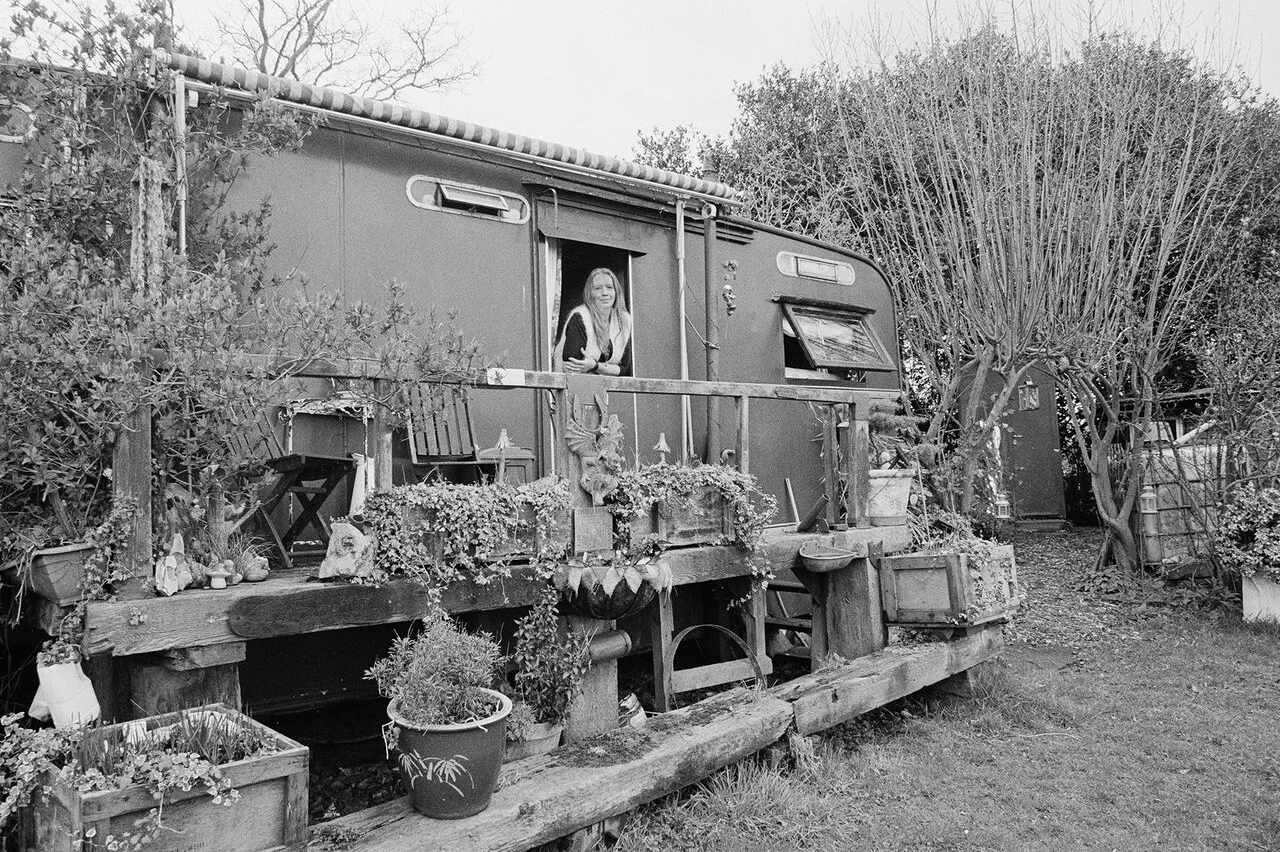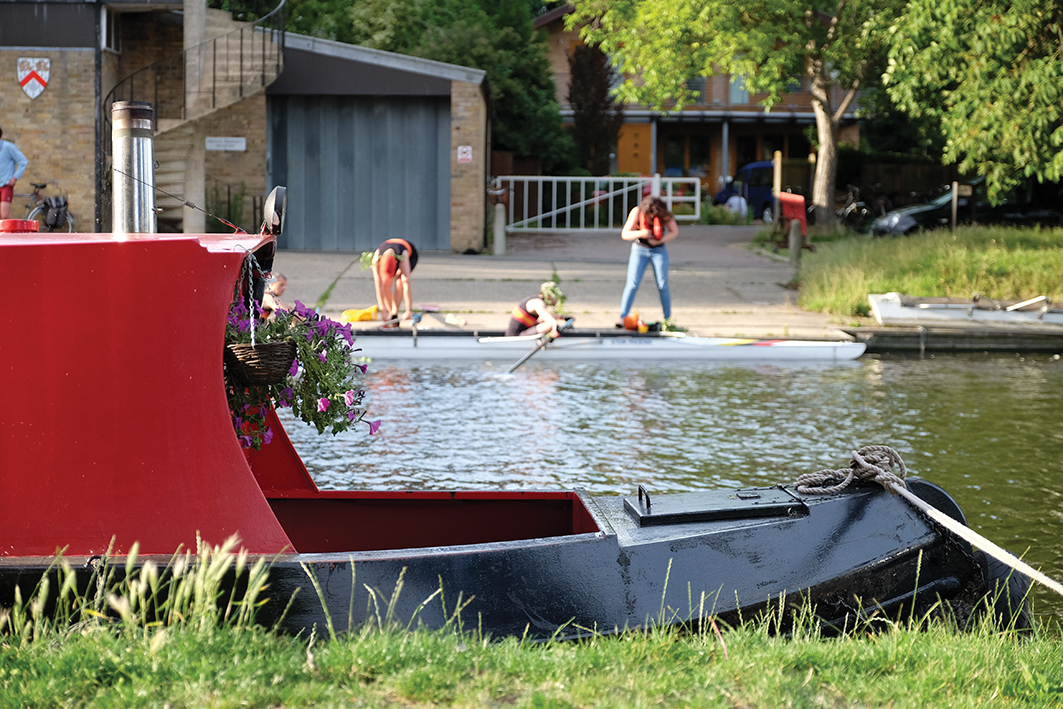Ruthie Collins gives you the lowdown on arty happenings around Cambridge this month
This time of year sees our city awash with colour, making it the perfect time to visit Fitzwilliam’s newest keynote show, COLOUR: The Art and Science of Illuminated Manuscripts. “Colour is simply an effect of light,” notes Stella Panayotova, curator at the Fitzwilliam Museum, on Isaac Newton’s principle, which transformed the way we thought of colour for centuries.
The significance of colour is impossible to miss in the manuscripts, but is a relatively new area to be considered by scholars. Celebrating the preservation and continued research of the manuscripts, a founding part of the museum’s collections, has been an exciting for all involved.
The science behind the exhibition includes some of the world’s most cutting-edge conservation techniques, and the collaborative passion of the Fitzwilliam’s curatorial team, conservators, scientists and researchers shines through in the exhibition. Their work has revealed previously unknown levels of detail in the manuscripts, pointing at highly accomplished creative and publishing industries in the Middle Ages.
Did you know that early parchment was made from animal skins? Or that some of the artisans behind these manuscripts were expert miniaturist painters with a quirky sense of humour? Look out for the Grisaille pieces on show, too: understated books and manuscripts all created in grey monochrome. A hit with the crème de la crème of French society – who loved the way that minimalist colour enhanced exquisite artistry – they chose black-and-white over the glittering colour of traditional manuscripts.

I was fascinated by the key role prayer books played amongst the age’s high society women, too. One book on show had been adapted for generations of women within one aristocratic family, and the prayer book appears as a prominent detail, a celebrated accessory, on many portraits. “But what’s the modern-day equivalent of a prayer book?” I asked at the press launch. “The iPhone?” we wondered (hmmmm). As well as a glossy, coffee-table sized catalogue to accompany COLOUR: The Art and Science of Illuminated Manuscripts, you can also find hit art book The History of Colour by Victoria Finlay, on sale in the Fitzwilliam Museum shop.
September sees the annual World Rivers Day celebrated in Cambridge, for which photographer Jo Randall is exhibiting her exploration into Cambridge’s boating community in The Alternatives, from 22 September at Cambridge Art Salon.
The show, which broadly examines alternative responses to the housing crisis, is striking, shot all in black-and-white, and features other DIY homes and their residents. “So many people have asked me if I’ve thought about buying my own home,” says Jo, who’s studying at Cambridge School of Art.

“With the average wage in Cambridge around £28k and average house price apparently £420k, home ownership isn’t going to be a reality for anyone who isn’t already on the ladder. I wanted to see how people live when they step away from the pressures of society’s obsession with bricks and mortar, to see and explore the alternatives to house ownership and the lives they’ve built in the unique places they live.”
I live on a boat myself; the river is a real treasure, not just vital for wildlife, but also cultural life and social diversity in Cambridge. River dwelling has nurtured numerous authors, scientists and artists – such as Dr Hannah Critchlow, whom I’ll always remember fondly for borrowing emergency sacks of coal in winter. She’s now one of the UK’s most famous female scientists, described as the ‘female Brian Cox’ by The Telegraph. The creative spaces I’ve set up in Cambridge (which in turn have helped sustain the practices of many artists) would not have survived without the river, which helped me stay here after having a baby to keep the Art Salon going. You can also catch Alan Huddleston’s popular, nautically-themed paintings on the Riverboat Georgina by Jesus Green on 25 September. Come and celebrate World Rivers Day!
“I wanted to see how people live when they step away from the pressure’s of society’s obsession with bricks and mortar”
This month is also the last chance to catch Rachael House’s show at Murray Edwards college’s New Hall Art Collection, as part of their feminism and gender focus. Feminist activists will love the show, which features banners, zines, badges – anarchic, DIY punk works, not dissimilar to the work of Cambridge’s own feminist and political artists such as Jill Eastland or Jane Hellings. Hurry, you only have until 11 September to catch it.
You can also see the world’s most famous feminist art collective the Guerrilla Girls, in Cambridge at New Hall in October (more on this next month!). See NewHallArt on Twitter. Jane Hellings and Jill Eastland are also curating an Objectification and Gendered Violence Symposium on 10 September at the Alison Richard Building.
Finally, school returners and all those relieved at the summer holidays ending (waving the little cherubs off) – why not treat the kids to newly launched book Doughnut of Doom, by Cambridge-based Elys Dolan? Dolan is one of the UK’s most exciting children’s book illustrators, whose satirical style is parent friendly and hilarious for the kids. Have a fabulous month all!

